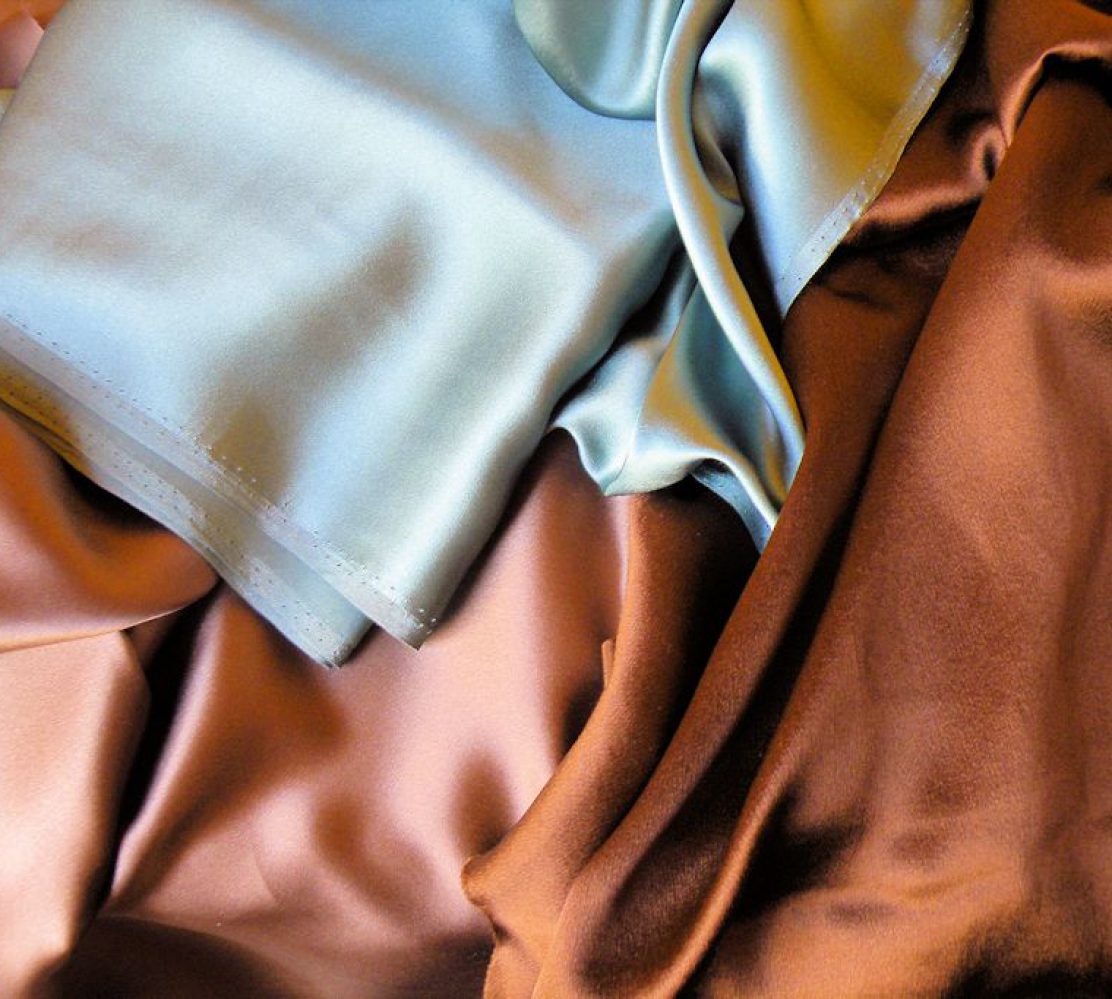Summer isn’t entirely over. But there seem to be a trend in sewing blogsphere at the moment for starting Autumn projects. My next project will also be a Autumn garment – a classic trench.
But I’m not trying to be trendy! Not at all. It’s because my only trench – a TopShop RTW number – is beyond putting up with. The hems are all fraying, the lining falling apart, mysterious stains refusing to come out. Nope, my hands’ been forced. And if I don’t start now I won’t have one in time for Autumn.
I was going to wait until my new replacement is made before retiring this RTW one. But I got curious about the innards of the RTW version and whether there are tips I can incorporate into my own make. So the RTW has been sacrificed to the gods of sewing geeks & dissected to bits.
I know not everyone’s a fan of RTW techniques – “RTW” sometimes being deemed synonymous with cutting corners. But I reckon this will at least show what is important, the bare minimum required. If even cost conscious manufacturers do it, surely we should achieve at least the same standard if not better. FYI this one was around the £100 price point.
Be warned, below are lots of (15) photos of the interesting bits…

















Wow! How cool! It’s so helpful to see exactly what’s interfaced and what isn’t, and all the inner details! I wouldn’t have thought to use twill tape on the neckline, but that makes sense. The buttonhole stitch is a special machine- it’s meant to mimic the look of the tailor’s buttonhole hand stitch, but since it’s done by machine it has the zigzag on the bobbin side (we just discussed this in my tailoring class). Thanks for sharing!!!
It’s fascinating dissecting clothing isn’t it! RTW I find especially interesting, just because I expect them to do minimum required to keep cost down. So if even they are applying certain techniques I read about in the sewing books/mags/blogs, then surely they’re worth trying out. Stay / twill tape on neckline is one such technique.
The buttonhole stitch you referred to…do they use special machine for that? My home machine has a few different buttonhole stitches, but none that produce the same sort of result as the RTW trench. Mine are all simple zigzags, just in different buttonhole shapes 🙁
That is really interesting. RTW, even mid-range, cuts corners in the quality of material, but they obviously have lots of techniques that work….. it’s the mark of a good sewist if they can elevate their finish above reasonable quality RTW (IMO). It looks to me like the shoulder pad are not that good quality and they used a lot of non woven (which I thought was not as good for tailtoring). Looking forward to seeing what tips you incorporate and which you ignore!
I have to say I didn’t have much complaint about this RTW apart from being easily stained! While with my own sewing I’m a bit anal retentive, when it comes to RTW my standard doesn’t seem as high – especially with the invisible parts like the shoulder pad! Heck I don’t even check the stitches unless I’m paying big bucks for them. 🙂
Having said that I’ll most likely make my own pads, but follow the thickness & shape of this RTW. The Vogue Patterns pad seems awfully thick & stiff. I’m not a fan of shoulder pads so I’d rather they not be like armors. I wonder if I can do without them in a trench.
Interfacing-wise…I wonder if this being a trench has something to do with the choice of non-woven. Are trench normally as structured / tailored as proper jackets and coats? I’d love to peek into the innards of my other RTW jackets…but they’re still wearable and I don’t really want the hassle of resewing openings.
I love to see the “guts” of garments! It’s entertaining and educational. Have you found tricks you’ll incorporate into your new trench? Any faves?
I think I’ll definitely be tacking the hem, though now I think about it, I’m not sure how they machine stitched it without it showing on shell nor hem. I might have to hand stitch.
I’ll also consider where they’ve interfaced and stayed the pieces. It’s more than the pattern instruction but less than Palmer/Pletsch’s Jackets for Real People in some places.
Lining pattern & bagging I’ll probably follow Kathleen Fasanella’s techniques again, but also add the fold / extra ease at the hem-lining seam.
I might also follow how this RTW handle the back vent – there’s a complicated looking thread on bagging & vent on Kathleen’s blog. It’s a bit over my head.
The button holes look fine to me, but I don’t have a machine that can make this type. My automated keyhole stitch is regular satin stitch, and the round part of it often comes out a bit lopsided :-/ So I might end up handstitching the buttonholes.
In general I think I’m going to follow P/P’s JfRP book. Exciting to try out new techniques! 🙂